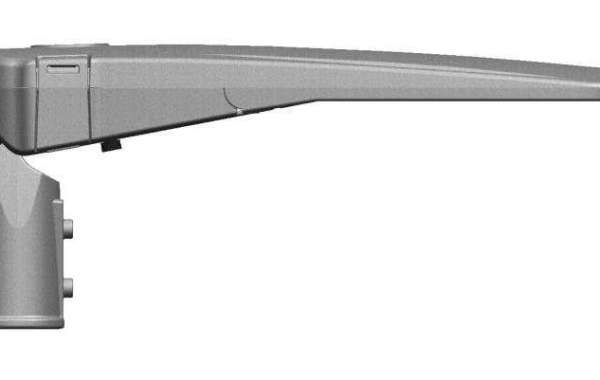In the ever-evolving landscape of technology, innovations are continually shaping the way we approach various aspects of life. One such domain where technology is making remarkable strides is in the realm of assistive technology for learning disabilities. In this blog post, we'll delve into the exciting intersection of virtual reality (VR) and assistive technology, exploring how this combination is proving to be a game-changer for individuals with learning disabilities.
Understanding Learning Disabilities
Learning disabilities can present significant challenges for individuals, affecting their ability to acquire, process, and retain information. Traditional methods of education, while effective for many, may fall short in catering to the diverse needs of those with learning disabilities. This is where assistive technology becomes crucial, offering tailored solutions to bridge the gap and enhance the learning experience.
The Rise of Virtual Reality in Education
Virtual reality, once primarily associated with gaming and entertainment, has found a powerful application in education. Its immersive nature provides an engaging and interactive environment, making it an ideal candidate for addressing the unique needs of learners with disabilities. Here's how VR is making waves in the realm of assistive technology:
1. Personalized Learning Environments
Virtual reality allows for the creation of customized learning environments tailored to the individual needs of learners. For those with learning disabilities, this means adjusting the pace, content, and format of information delivery to match their specific learning styles.
2. Multisensory Learning Experiences
Traditional learning often relies heavily on visual and auditory elements. Virtual reality, however, enables the integration of multiple sensory inputs. This is particularly beneficial for individuals with learning disabilities who may benefit from a more multisensory approach to information absorption.
3. Enhanced Engagement and Focus
Maintaining focus and attention can be challenging for individuals with learning disabilities. VR offers an immersive experience that captivates attention and reduces distractions, promoting a more focused and effective learning environment.
4. Interactive Simulations and Real-World Applications
For subjects that involve complex concepts or practical applications, VR can provide interactive simulations and real-world scenarios. This hands-on approach allows learners to grasp abstract concepts more effectively and build practical skills in a controlled and supportive environment.
5. Progress Tracking and Adaptive Feedback
VR systems can collect data on user interactions, allowing educators and caregivers to track progress and identify areas that may need additional support. Adaptive feedback mechanisms can then be implemented to provide personalized guidance, ensuring a dynamic and responsive learning experience.
Challenges and Future Prospects
While the integration of virtual reality in assistive technology for learning disabilities holds immense promise, challenges such as cost, accessibility, and ongoing research persist. However, ongoing advancements in technology and a growing awareness of the benefits suggest a positive trajectory for the future.
see more:-








